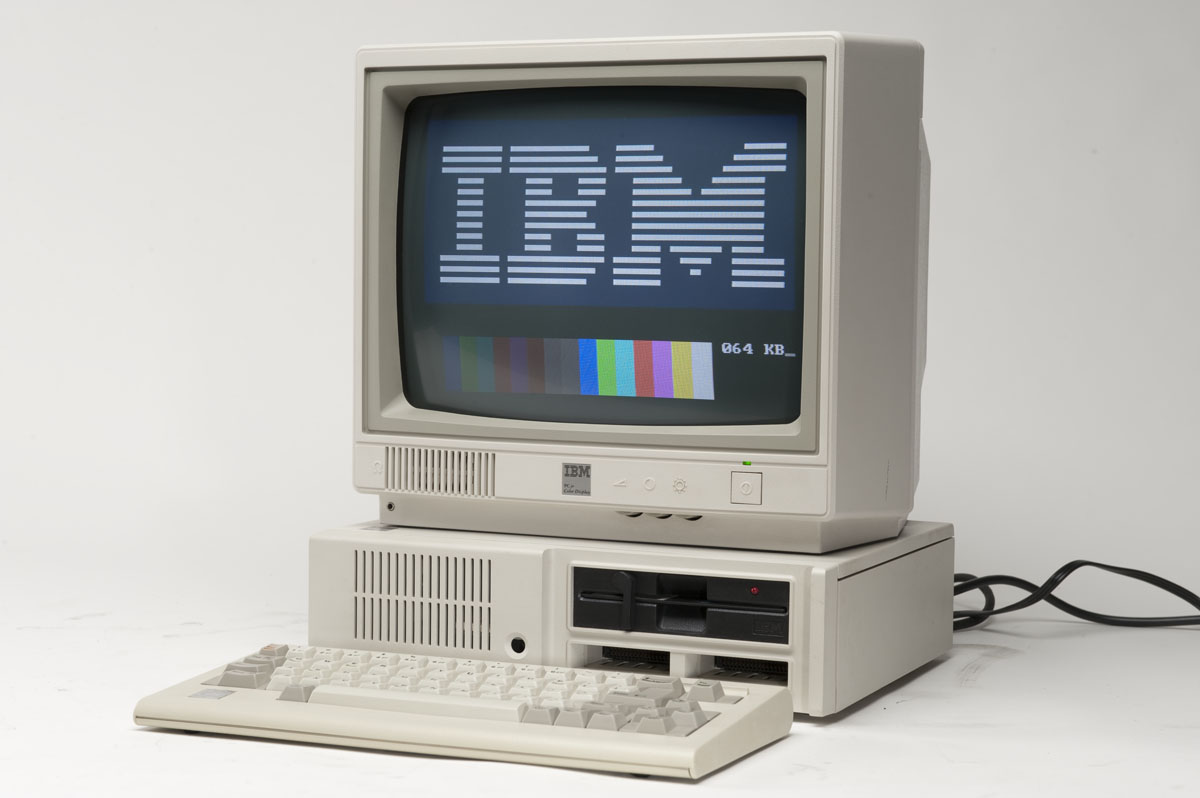IBM Builds Monster 120-Petabyte Data "Drive"
This massive storage is for a supercomputer used by an unnamed client, and includes 200,000 physical drives.
The data storage group at IBM's Almaden, California, research lab is currently building a 120 petabyte drive comprised of 200,000 conventional hard disk drives working together. The team is throwing this storage monster together for an unnamed client that needs a new supercomputer for detailed simulations of real-world phenomena (like weather, climate changes etc).
Despite the insane capacity, the technologies that were developed to handle the monstrous repository could enable similar systems for more conventional commercial computing, claims Bruce Hillsberg, director of storage research at IBM and leader of the project. "This 120 petabyte system is on the lunatic fringe now, but in a few years it may be that all cloud computing systems are like it."
The technology behind the 120 petabyte "drive" includes modified horizontal drawers stacked inside typical data center racks which are significantly wider so that more disks can be crammed into nearly the same amount of physical space. The IBM engineers also ditched the standard fan setup as a cooling system, and went with a more reliable liquid cooling design to keep the drives chilled and to reduce the overall energy consumption
In addition to modifying the rack system, IBM also developed a file system known as GPFS to enable supercomputers faster data access. This new file system spreads individual files throughout multiple disks so that numerous parts of a file can be read or written simultaneously. GPFS also enables a large system to keep track of its many files without "laboriously" scanning through every one. Ultimately this system on a whole is not expected to lose any data for a million years without making any compromises on performance.
Hillsberg added that keeping track of the names, types, and other attributes of the files stored in the system will consume around two petabytes of its capacity. To put this number in perspective, 120 petabytes equals to 120 million gigabytes which theoretically could hold 24 billion 5MB MP3 files or 60 copies of the Internet Archive's WayBack Machine.
To read more about IBM's 120 petabyte drive, head here.
Get Tom's Hardware's best news and in-depth reviews, straight to your inbox.

Kevin Parrish has over a decade of experience as a writer, editor, and product tester. His work focused on computer hardware, networking equipment, smartphones, tablets, gaming consoles, and other internet-connected devices. His work has appeared in Tom's Hardware, Tom's Guide, Maximum PC, Digital Trends, Android Authority, How-To Geek, Lifewire, and others.
-
NapoleonDK It's for porn, obviously. =\ The new ".xxx" domain now has a home.Reply
Also, inb4 "can I install Crysis?" XD -
daygall thats alot of pron O_OReply
on a more serious note *cough*
cant wait for more miniaturization :D 3tb now hopefully 6-8 in by 2015... baring the Apocalypse lol -
techseven Advanced tagging, mapping and storage of porn?Reply
120 Petabytes = 120.000 Terabytes / 2TB per drive would equal 60.000 2TB drives, but they store it on 200.000 drives?
120.000 Terabytes / 200.000 drives = 600MB per drive. So they must need all these drives to make it fast enough...? -
zanny daygallthats alot of pron O_Oon a more serious note *cough*cant wait for more miniaturization 3tb now hopefully 6-8 in by 2015... baring the Apocalypse lolReply
We have been pushing the limits of mechanical disk reading lasers. Blue spectrum is the smallest imprint we are going to get, and the data error limits on drives past 3 terabytes are really small, in that it is very likely to have a bad sector somewhere on the disk by that point. -
oparadoxical_ techseven120 Petabytes = 120.000 Terabytes / 2TB per drive would equal 60.000 2TB drives, but they store it on 200.000 drives?120.000 Terabytes / 200.000 drives = 600MB per drive. So they must need all these drives to make it fast enough...?Actually, 120 petabytes=122,880Tb which equals 61,440 individual 2Tb HDDs.Reply
Then, the 122,880tb=125,829,120Gb and if you divide that by 200,000, you get about 630gb per HDD. -
PennyLife I can only imagine two different types of entities that would want to purchase this:Reply
- A military agency, OR
- A company that is preparing for and aiming to be a big provider of cloud services. -
Pyree In raid 0 (good luck finding the 1 drive which fails)!Reply
Only joking, of course they won't be in raid 0. -
jsanthara Do you think it will cost more than $150, because I have a little over $300 and I want to buy 2.Reply
